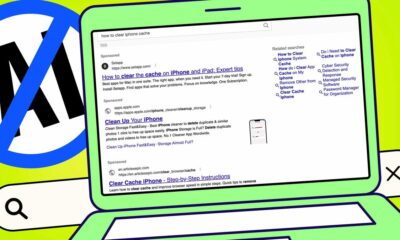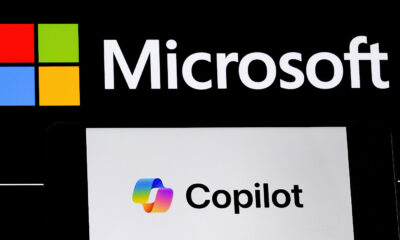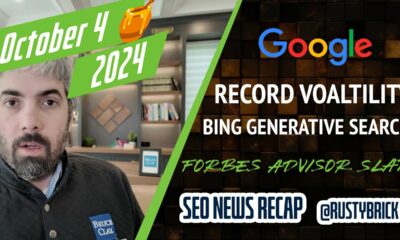Study: Pay-per-click (PPC) Advertising Industry 2019 Rising Trends, Share, Size, Global Demand …
Global Pay-per-click (PPC) Advertising market report researches the market size of Pay-per-click (PPC) Advertising industry, spots light on the need for the up-to-date market data for the business management, offering progress and profitability of the global market.
Get Sample Copy at https://www.orianresearch.com/request-sample/970836
Pay-per-click (PPC), also known as cost per click (CPC), is an internet advertising model used to direct traffic to websites, in which an advertiser pays a publisher (typically a website owner or a network of websites) when the ad is clicked.
Pay-per-click is commonly associated with first-tier search engines (such as Google AdWords and Microsoft Bing Ads). With search engines, advertisers typically bid on keyword phrases relevant to their target market. In contrast, content sites commonly charge a fixed price per click rather than use a bidding system. PPC “display” advertisements, also known as “banner” ads, are shown on web sites with related content that have agreed to show ads and are typically not pay-per-click advertising. Social networks such as Facebook and Twitter have also adopted pay-per-click as one of their advertising models.
The report additionally sheds lightweight on the analysis of growth opportunities, challenges, market threats and restrictive factors of the market. It studies native regional additionally as international market and rising segments, and market dynamics additionally. In addition, it offers insight into the competitive landscape, market driving factors, industrial surroundings, and also the latest and forthcoming technological advancements to see the general state of affairs of business and move forward to create moneymaking business methods effortlessly.
No. of Pages: 90 & Key Players: 09
Key Companies Analyzed in this Report are:
• Google
• Bing
• Yahoo
• Ask.com
• AOL.com
• Baidu
• Wolframalpha
• DuckDuckGo
• Sogou
Order a copy of Global Pay-per-click (PPC) Advertising Market Report 2019 @ https://www.orianresearch.com/checkout/970836
In the following section, the report provides the Pay-per-click (PPC) Advertising company outline, statements of the product, and performance values. With the support of the arithmetical study, the report demonstrates the complete international Pay-per-click (PPC) Advertising market inclusive of amplitude, production, manufacturing value, loss/gain, Pay-per-click (PPC) Advertising supply/demand and import/export. The Pay-per-click (PPC) Advertising market report is divided into key companies, by regions, and by various sectors such as application, type for the competitive landscape analyze.
Analysis of various Pay-per-click (PPC) Advertising categories of product and end-user applications, product types of Pay-per-click (PPC) Advertising market is estimated on the basis of previous market and present market scenario. It involved Global Pay-per-click (PPC) Advertising market values with respect to growth rate, market size, and share and consumption. Further, it gives details, prerequisite, and features of Pay-per-click (PPC) Advertising market that boost the growth of the Pay-per-click (PPC) Advertising industry.
Market segment by Type, the product can be split into
• Flat-rate PPC
• Bid-based PPC
Market segment by Application, split into
• Middle and Small-sized Enterprise
• Large-scale Enterprise
Inquire more or share questions if any before the purchase on this report @ https://www.orianresearch.com/enquiry-before-buying/970836
Major Points Covered in Table of Contents:
1 Study Coverage
2 Executive Summary
3 Market Size by Manufacturers
4 Pay-per-click (PPC) Advertising Production by Regions
5 Pay-per-click (PPC) Advertising Consumption by Regions
6 Market Size by Type
7 Market Size by Application
8 Manufacturers Profiles
9 Production Forecasts
10 Consumption Forecast
11 Upstream, Industry Chain and Downstream Customers Analysis
12 Opportunities & Challenges, Threat and Affecting Factors
13 Key Findings
14 Appendix
About Us
Orian Research is one of the most comprehensive collections of market intelligence reports on the World Wide Web. Our reports repository boasts of over 500000 industry and country research reports from over 100 top publishers. We continuously update our repository so as to provide our clients easy access to the world’s most complete and current database of expert insights on global industries, companies, and products. We also specialize in custom research in situations where our syndicate research offerings do not meet the specific requirements of our esteemed clients.
Contact Us:
Ruwin Mendez
Vice President – Global Sales & Partner Relations
Orian Research Consultants
US 1 (415) 830-3727 | UK 44 020 8144-71-27



















You must be logged in to post a comment Login